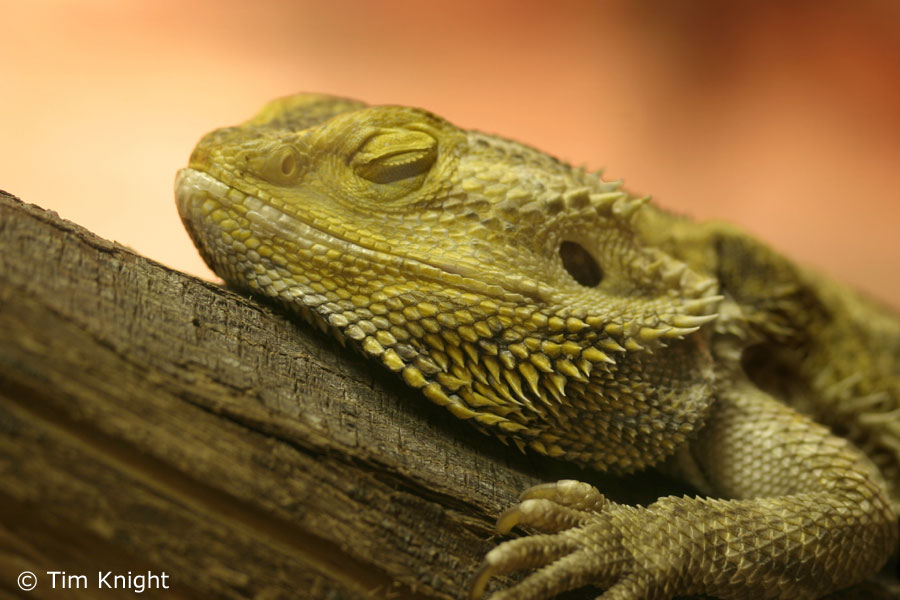The Fascinating Life Cycle of Bearded Dragons: From Hatchling to Adult
Introduction
Bearded dragons are fascinating reptiles that have gained popularity as pets in recent years. They are known for their docile temperament, unique appearance, and entertaining behavior. One interesting aspect of caring for bearded dragons is understanding their life cycle. In this blog post, we will explore the various stages of a bearded dragon’s life, from hatchling to adult.
Stage 1: Egg

The life cycle of a bearded dragon begins in an egg. Female bearded dragons typically lay a clutch of around 20 eggs, which are incubated for approximately 60-80 days. During this time, it is essential to maintain a consistent temperature and humidity level. Many owners choose to use an incubator to ensure the conditions remain stable.
Stage 2: Hatchling

When a bearded dragon hatches, it is only a few inches long and weighs about a gram. It is important to provide a suitable enclosure for the hatchling, including a heat lamp and appropriate substrate. At this stage, the bearded dragon will feed primarily on insects and should be offered small, frequent meals throughout the day. It is also important to ensure the hatchling is drinking enough water and maintaining proper hygiene.
Stage 3: Juvenile
As a bearded dragon grows, it enters the juvenile stage. This typically lasts from a few months up to a year, depending on the individual. At this stage, the bearded dragon should be offered a variety of insects and vegetables to promote a healthy diet. It is also crucial to monitor the bearded dragon’s growth and adjust the enclosure accordingly. The juvenile stage is an essential time for a bearded dragon’s development, and proper care can have a significant impact on its health as an adult.
Stage 4: Sub-Adult

The sub-adult stage is the transitional phase between juvenile and adult. During this time, the bearded dragon will continue to grow and develop. It is essential to monitor the bearded dragon’s weight and ensure it is maintaining a healthy diet. At this stage, the bearded dragon may begin to show mating behavior, such as head bobbing and arm waving. It is crucial to provide a suitable enclosure and monitor the bearded dragon’s behavior to ensure it is not becoming aggressive or stressed.
Stage 5: Adult

Finally, the bearded dragon reaches adulthood, which typically occurs around 18-24 months of age. At this stage, the bearded dragon will have reached its full size, typically between 18-24 inches in length. It is important to continue providing a suitable enclosure, a healthy diet, and proper hygiene. Adult bearded dragons may also require occasional veterinary check-ups to maintain their overall health and well-being.
Conclusion
Understanding the life cycle of a bearded dragon is essential for providing proper care throughout its development. From the egg to adulthood, each stage requires specific attention and care to ensure the bearded dragon reaches its full potential. By following these guidelines and providing a suitable environment, a bearded dragon can make a fascinating and rewarding pet for many years to come.
